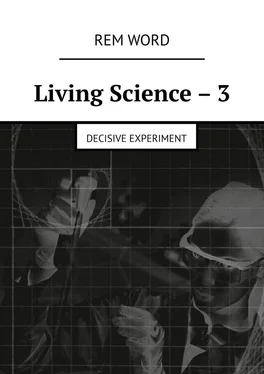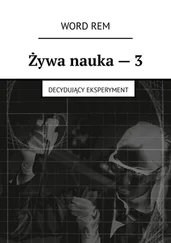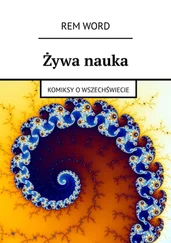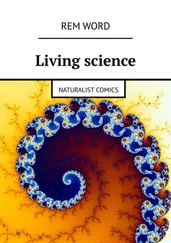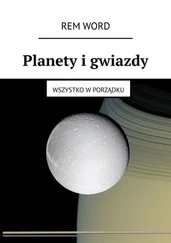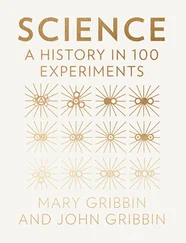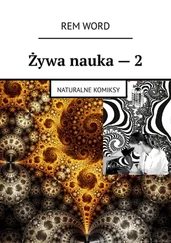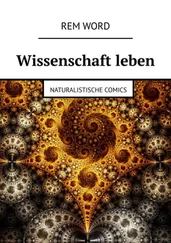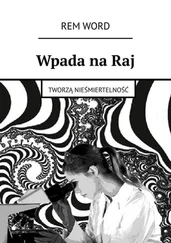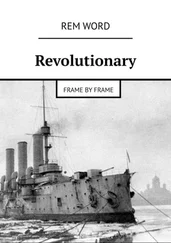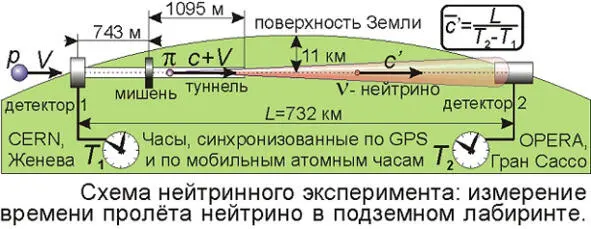
Diagram of the experiment of Italian physicists. A neutrino generated by an atomic reactor travels at a speed exceeding the speed of light.
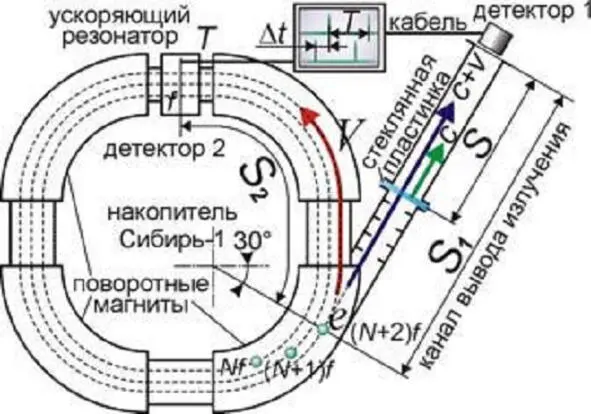
Scheme of the experience of Siberian scientists. Accelerator. A tube for the removal of light from accelerated particles. Glass plate, «analogue of the world ether», detector
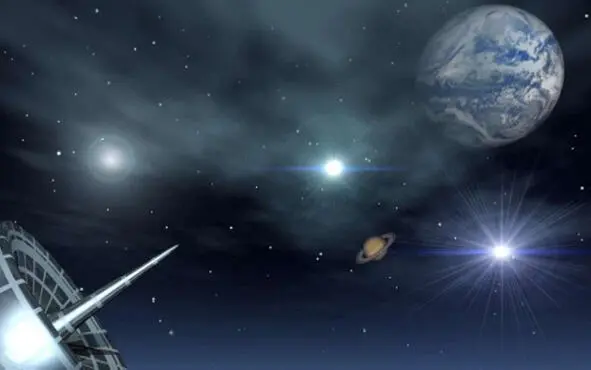
A hypothetical plasma antenna pushing radio waves – a method of accelerated space communication
As the saying goes, "Ein Versuch ist kein Versuch" (search-search), and therefore I put on a second experiment with a neon lamp, fundamentally changing its conditions. The main element is now a glass prism, which deflects light rays of different wavelengths in different ways. If the speed of light is greater than C, the spectrum shifts towards the violet side. If less than C, a "redshift" occurs, as when observing a receding radiation source. But, this is not the Hubble effect. I place the neon lamp so that the plane of the electrodes is perpendicular to the pinhole screen. When the lamp is turned on, a spot of light appears on the screen. After polarity reversal, the beam is shifted by 24 arc minutes. Rejection error 4 minutes. Using well-known formulas, we calculate that in this case the change in the speed of light is 520 km / s, with an error of 85 km / s.
… Scientists from the OPERA group in Gran Sasso, Italy, in contrast to the author of the article, have the ability to directly measure the speed of microparticles. Neutrino either does not have rest mass, like a quantum of light, or it does. Like a photon, it rushes at speed C. The speed of the source itself does not matter. At least that's what is commonly believed. Using synchronized detectors, Italian physicists discover the existence of "small neutrons" moving at a speed exceeding C by 7.5 km. with. The possible error is three orders of magnitude lower than this deviation. The publication will take place in 2011, and immediately attracts a flurry of criticism. Experimenters have to make excuses awkwardly.
In Russia, a direct measurement based on the scheme proposed by the author was carried out by the masters of academic science. Without references to articles by an amateur experimenter. This is evidenced by the publication of Academician of the Russian Academy of Sciences E. Aleksandrov in the journal "Science and Life", No. 8, 2011. A modest gas-discharge lamp is replaced here by a synchrotron, a cardboard screen and a pinhole camera – photosensors with high-speed oscilloscopes.
“… As a pulsed light source, a synchrotron radiation source (SR) – an electron storage ring“ Siberia-1 ”was used. SR of electrons accelerated to relativistic speeds (close to the speed of light) has a wide spectrum from infrared and visible to X-ray range. Radiation propagates in a narrow cone tangentially to the trajectory of electrons along the abstraction channel and is removed through a sapphire window into the atmosphere. There, the light is collected by a lens onto the photocathode of a fast photodetector. A beam of light on its way in a vacuum could be covered by a glass plate introduced by means of a magnetic drive. At the same time, according to the logic of the ballistic hypothesis, the light, which had previously supposedly had a double speed of 2C, after the window had to acquire the usual speed C ”.
… Experience shows the speed of light, within an error of 0.5%, equal to the known constant C. In the experiment of these scientists, the question of how to divert light from elementary particles moving in the opposite direction is not even raised. The corpuscles rotate in the accelerator exclusively counterclockwise, at different speeds. There are no reports that the experiment was performed with light from particles accelerated by half, at three-quarters of the standard speed in the synchrotron. Comparing the results on a high-speed oscilloscope screen would dot the I. The only element of experience here is the glass plate. However, who said that such a screen is able to equalize the speed of photons to standard C?
… One of the peculiarities of Living Science is that we consider the interaction of macroscopic bodies as a result of individual interactions of particles.
What else can Living Science offer?
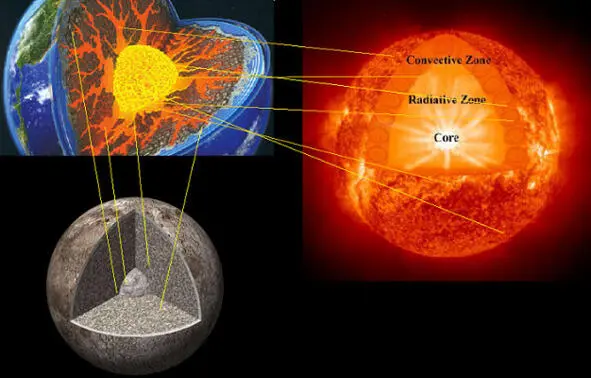
According to Living Science, the Sun, all celestial bodies exchange the heat of the bowels through the gravitational tremors of the microparticles that fold them
…The transfer of heat energy is possible not only by electromagnetic waves but also by means of the gravitational field. In the first case, according to the laws of classical quantum mechanics, the interaction is transmitted by quanta. What is the «quantum of the electromagnetic field» is spelled out in textbooks – a photon, an oscillating thread, for visible light having a length of 3 meters. Scientists write dully about quanta of static magnetic and electric fields. Sometimes «gluons» appear in the interaction schemes. How they help microparticles communicate over long distances is not clear. It is very difficult to imagine the forces of attraction going into infinity as a set of glomeruli. Until now, the experiment has not even measured the speed of propagation of gravitational waves. The simplest option is vacuum, the displacement of the ball is to measure the response speed of the second object. By default, in calculations of the position of celestial bodies, the speed of gravity is considered infinite. In another version, it is equal to the speed of light. And gravitational forces, most likely, represent a web of connections between elementary receivers and transmitters of the field – microparticles. In this case, heat transfer by means of gravitational interaction is quite possible.
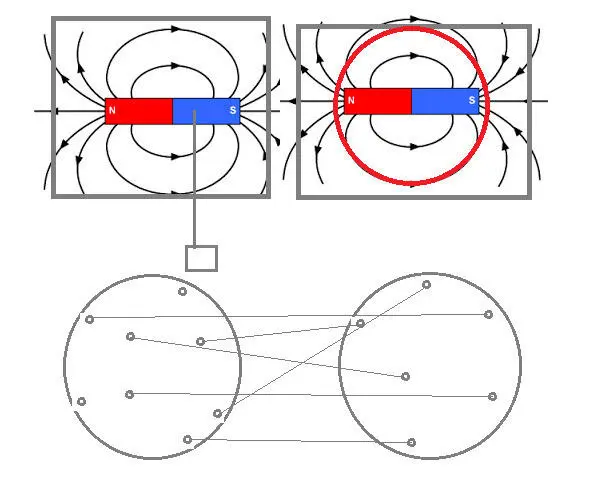
Experience with magnets. The metal magnetized powder in the thermostat is communicated by means of a magnetic field with a magnet that is heated by electricity. The temperature sensor does not detect heating in the thermostat
Output…
… It is believed that the radioactive elements contained in the volume of the planet are responsible for heating the earth's interior for 3.5 billion years. No matter how much you leaf through textbooks, you will not find a report on what exactly these elements are, what their number and half-life should be in order to maintain the temperature for so long. And why, finally, the peddling chain reaction did not blow our Earth to pieces. Our option. The planets are held together by the gravity of the sun. Through the same channel, by means of "remote diffusion" of microparticles, heat is transferred from the star's reactor to the bowels of the planet. The Earth is exchanging such latent heat with the Moon. Recall that Selena is not so cold. The temperature of the mantle is 200 C, and iron is boiled in the core. A certain share in the heat exchange between bodies is occupied by the so-called "hidden light". Only arrays of matter with the same spectrum, temperature, composition as the sender are capable of catching the hidden component of the beam. Such receivers-receivers are certain layers of the Sun (a recognized source of energy) and the core of the Earth.
Читать дальше
